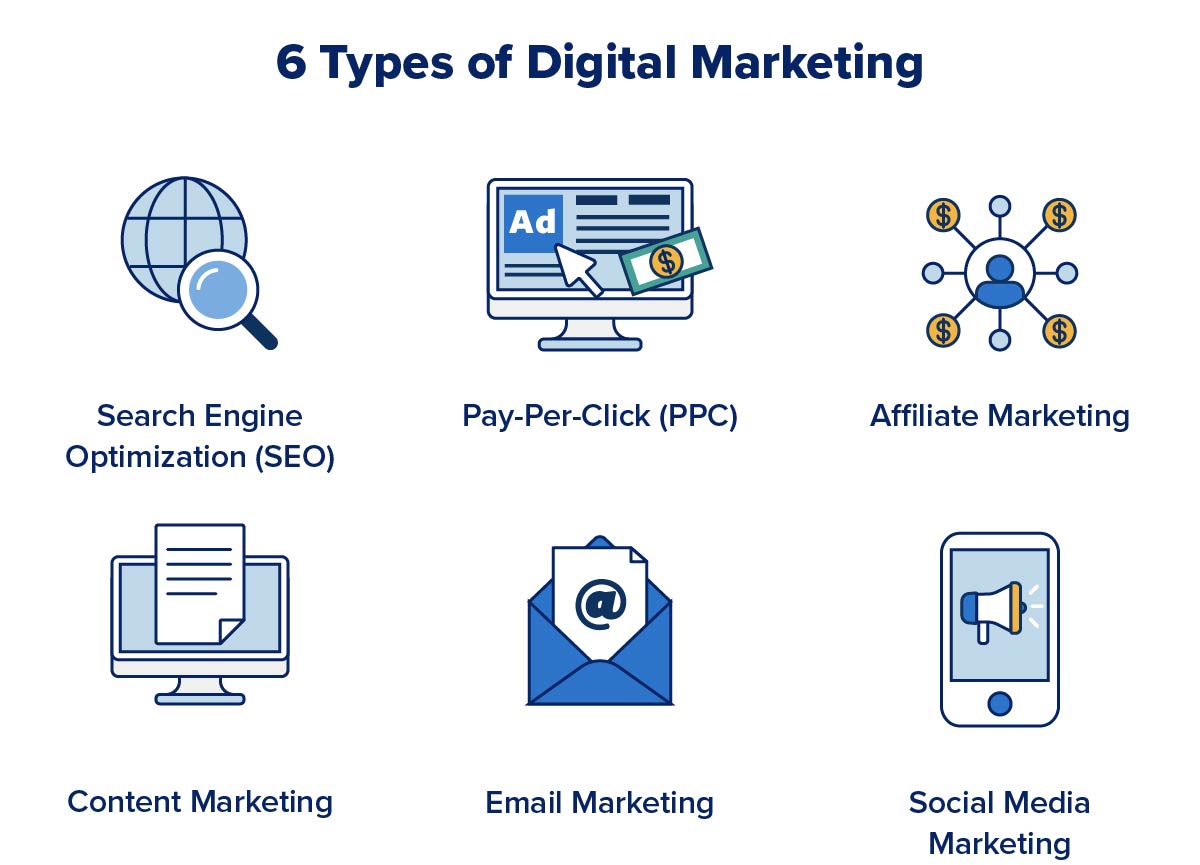Enhance User Experience and Drive Web Traffic With Responsive Web Design
In today's digital landscape, where customers are accessing sites from a wide range of tools, receptive web design has ended up being more vital than ever. With its ability to adapt and perfectly change to different display sizes, receptive design not just improves customer experience but additionally drives website traffic to your website. Why is this layout approach so critical? Just how does it boost user engagement and rise web site traffic? In this conversation, we will discover the vital elements of reliable receptive layout, explore the finest practices for its application, and uncover the keys to enhancing customer experience while driving even more web traffic to your web site.
Why Receptive Website Design Issues
Receptive web layout is an important aspect of contemporary web growth because of its capability to make sure optimum customer experience across different devices and display sizes. With the spreading of smartphones, tablets, and various other mobile phones, it has actually become critical for sites to adjust and supply seamless performance regardless of the gadget being utilized.
The primary reason responsive website design issues is that it allows customers to have a constant and satisfying searching experience, despite the gadget they are making use of. A receptive website immediately changes its web content, design, and layout components to fit the screen size and resolution of the gadget, making certain that individuals can quickly engage and navigate with the internet site with no trouble or disappointment.
Furthermore, receptive internet design likewise plays a considerable duty in seo (SEO) Online search engine, such as Google, focus on web sites that are responsive and mobile-friendly in their search engine result. By integrating responsive design concepts, sites can boost their visibility and position, causing increased organic web traffic and possible customers.

Boosting Individual Involvement With Responsive Design
Enhancing individual interaction is a key goal of responsive layout, as it ensures that customers can quickly accessibility and connect with site material on any kind of device. With the raising use of tablets and smartphones, it is vital for websites to adapt to different screen dimensions and resolutions. Receptive layout enables internet sites to automatically readjust their layout and content to supply a seamless user experience throughout gadgets.
One of the primary ways receptive layout boosts customer engagement is by lowering load times. With a receptive internet site, individuals don't need to await different mobile variations to tons, leading to quicker access to material. This better speed results in greater user satisfaction and urges them to spend even more time on the site.
In addition, receptive style improves individual involvement by enhancing navigation and interface (The Ad Firm). When an internet site is developed responsively, food selections and switches are optimized for touch communications, making it much easier for users to navigate and connect with the website on their mobile phones. This easy to use and instinctive experience maintains users involved and urges them to explore more of the site
Furthermore, responsive design permits far better web content exposure and readability. By adjusting the design and typeface dimensions to various devices, responsive sites ensure that users can quickly understand the content and read. This improves customer interaction by reducing the demand for zooming or scrolling to review the message.
Increasing Site Web Traffic With Responsive Website Design
With the expanding appeal of smart phones, having a website that is receptive to various navigate to this site screen sizes and resolutions is vital for driving increased traffic. In today's electronic landscape, individuals are accessing internet sites from a variety of devices such as smart devices, tablet computers, and desktop computers. Each of these tools has various screen dimensions and resolutions, and if your website is not developed to adapt to these variations, it can cause a bad individual experience and a loss of potential traffic.
Receptive website design ensures that your internet site looks and operates efficiently throughout all tools. By utilizing versatile grids, liquid images, and media queries, responsive design allows your internet site to instantly adjust its web content, layout, and navigating to fit any display size. This indicates that users will have a smooth browsing experience despite whether they are using a little smart device or a big desktop computer system.
Crucial Element of Effective Responsive Style
Efficient responsive layout integrates numerous essential elements that guarantee a seamless user experience across various gadgets. One of these components is versatile grids and layouts. By utilizing family member systems like portions rather than taken care of units like pixels, designers can create designs that adjust and scale to fit different screen dimensions. This permits content to be presented in a legible and visually attractive manner on any tool.
One more crucial element is media questions. These enable developers to apply different designs and formats based on the features of the individual's device, such as display dimension and orientation. By making use of media queries, developers can maximize the discussion of material for every device, guaranteeing that it is legible and quickly available.
Responsive photos are also critical in reliable responsive style. Photos that are too large can reduce page tons times on mobile phones, while images that are also little might appear pixelated on bigger displays. By utilizing methods such as receptive picture resizing and careless loading, developers can guarantee that images are suitably sized and optimized for every tool.
Lastly, reliable responsive style entails a mobile-first approach. This indicates focusing on and developing material for mobile gadgets initially, and afterwards enhancing the layout and expanding for bigger screens. This approach guarantees that the website design and creation most crucial material is quickly available on smaller sized displays, while still giving a rich experience on bigger gadgets.
Best Practices for Executing Responsive Web Design
Executing receptive website design requires careful factor to consider of various finest practices to make certain an optimum user experience throughout different tools. When executing receptive web layout., here are some essential ideal techniques to comply with.
Firstly, it is important to prioritize mobile customers. With the increasing prominence of mobile gadgets, designing for mobile-first has ended up being vital. Begin deliberately for smaller sized screens and then progressively improve the layout for larger displays.

One more important ideal method is to optimize images for different display resolutions. Big images can reduce down the packing time of your web site, specifically on smart phones with slower links. Use receptive pictures that can be resized based upon the gadget's screen resolution to enhance efficiency.
Additionally, examination your website on different gadgets and screen dimensions to make certain a regular and smooth experience. There are numerous testing devices available that can aid you recognize any type of issues and make necessary adjustments.
Lastly, focus on use and ease of access. Guarantee that your site is easy to browse, with concise and clear content. Make certain that your site comes web design info to people with impairments and follows access guidelines.
Conclusion
In final thought, responsive website design plays a crucial function in improving individual experience and driving web traffic to web sites. By taking on receptive layout principles, internet sites can ensure optimum seeing experiences across various gadgets, leading to enhanced individual involvement (Web Design). In addition, receptive layout can likewise contribute to higher web site traffic as it improves search engine positions and assists in easy sharing of web content. Consequently, services ought to concentrate on applying the crucial elements and best techniques of receptive design to effectively fulfill the needs of modern-day users.
Optimizing individual engagement is an essential objective of receptive design, as it makes sure that users can conveniently accessibility and connect with internet site web content on any tool. Receptive design enables sites to automatically readjust their layout and web content to offer a smooth customer experience across devices.
Furthermore, receptive layout boosts individual interaction by improving navigating and individual interface.Responsive photos are likewise important in effective receptive layout. By embracing responsive design concepts, web sites can make sure ideal viewing experiences across different gadgets, leading to boosted individual involvement.